Yesterday, The Washington Post published an article to encourage and empower individuals to learn CPR and help save a life while humming “Stayin’ Alive.” We are extremely grateful for their coverage, and I encourage you to read it here: http://wapo.st/1FG65Dv
Did you know 326,000 out-of-hospital cardiac arrests occur annually in the US and 70% of out-of-hospital cardiac arrests happen in homes and residential settings, meaning the life you save is likely to be someone you love? Sadly, 90% of people who suffer out-of-hospital cardiac arrests don’t survive. We want to change these statistics. If performed immediately, effective bystander CPR can double or triple a victim’s chance of survival.
Our Hands-Only CPR Campaign started as a way to teach individuals that anyone can learn how to save a life in just 60 seconds with two simple steps: call 911 and push hard and fast in the center of the chest to the beat of “Stayin’ Alive.” AHA updated its guidelines in 2010 and started this campaign because immediate bystander response is a critical link in the chain of survival.
In 2010, we set aggressive 10-year strategic goals to guide CPR & First Aid impact by 2020 to:
- Double all out-of-hospital cardiac arrest survival and dramatically increase in-hospital cardiac arrest survival for adult (double) and pediatric (50%) patients.
- Double CPR bystander response rate, from 31% to 62%.
By achieving these goals we will save an additional 50,000 lives each year in the United States. We’re already making some great headway toward our goals, as survival from out-of-hospital cardiac arrest has already increased about 35% and bystander response rate has already increased by more than 45% according to the latest data.
But we still have a lot of work to do. By training more individuals in CPR, we’re putting more potential lifesavers in our community and in your homes!
Through support of the Anthem Foundation, we are well on our way to training millions of people in Hands-Only CPR. Learn today at heart.org/handsonlycpr.

